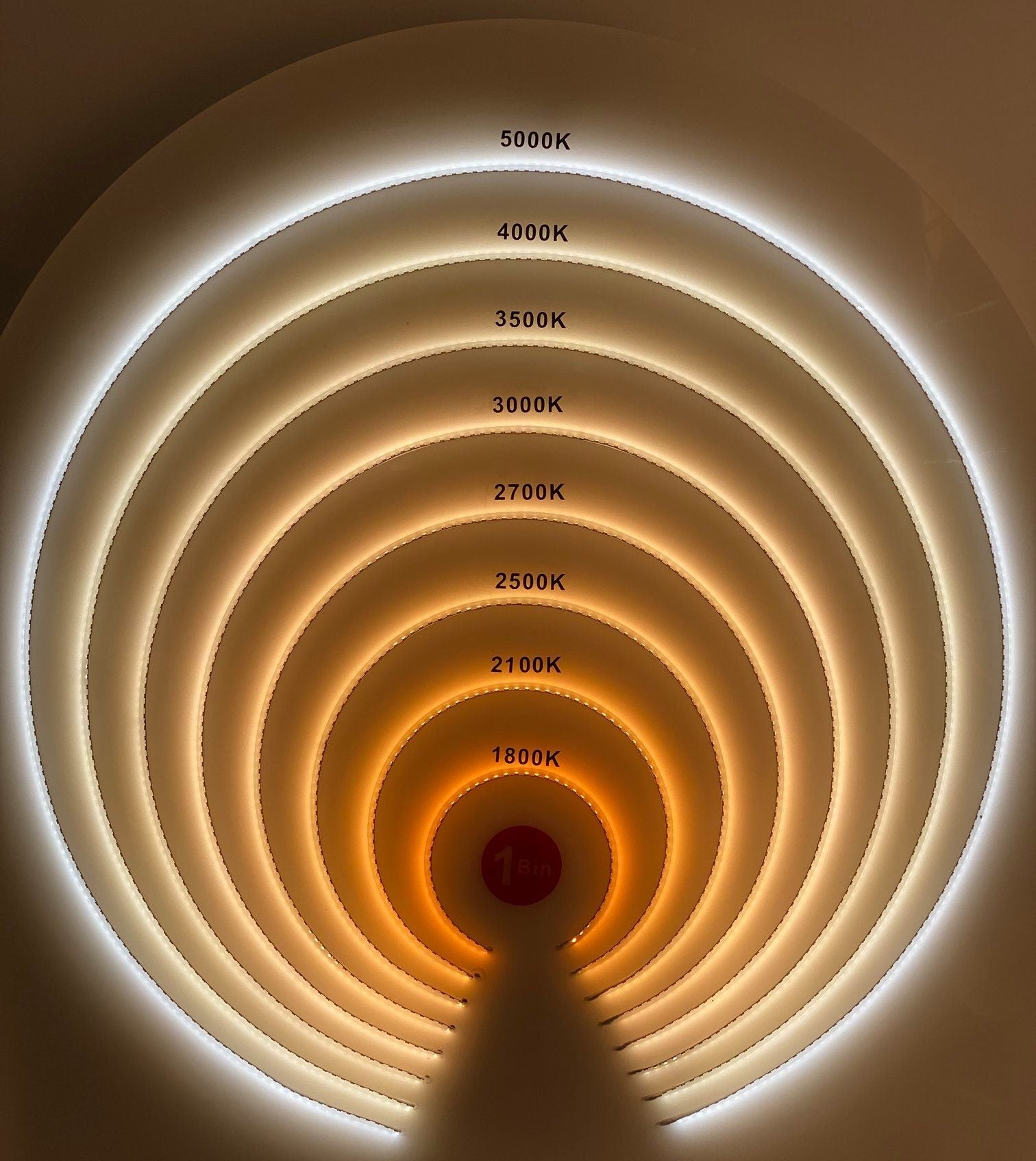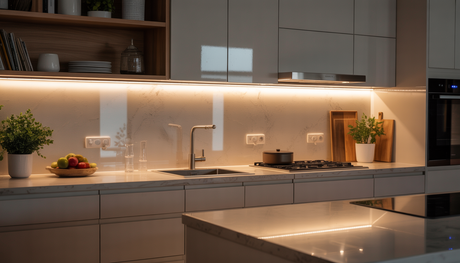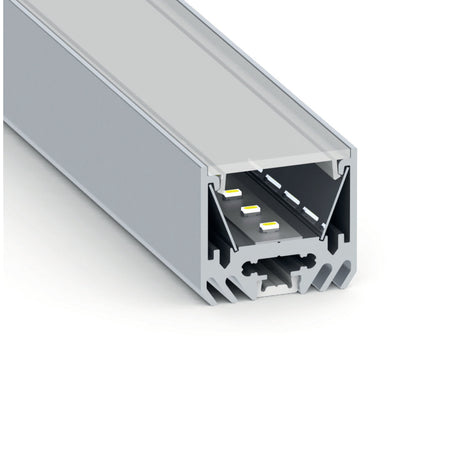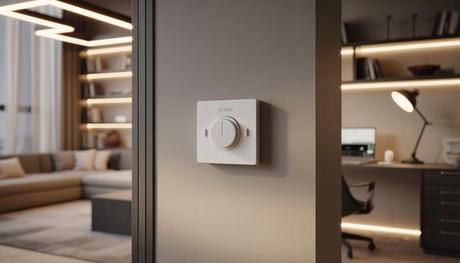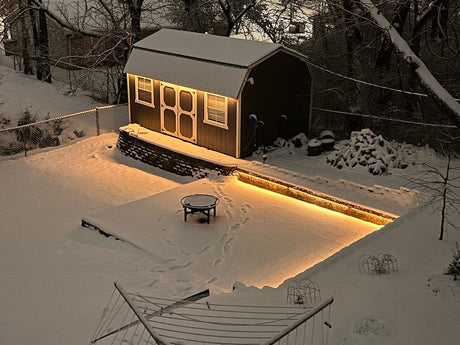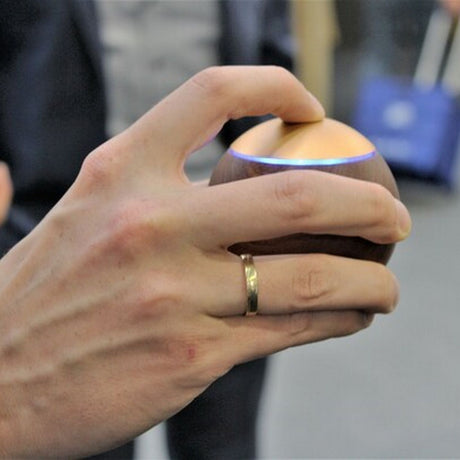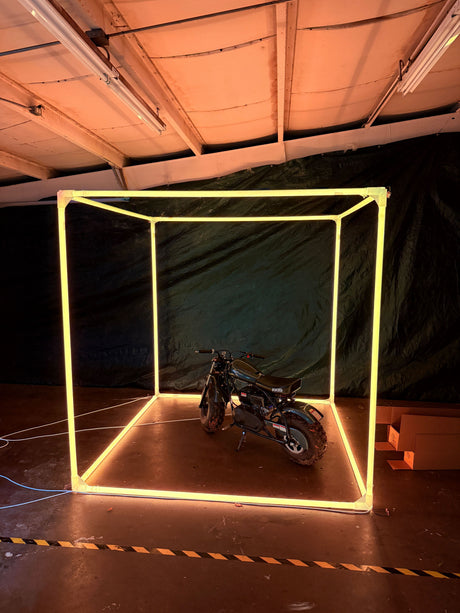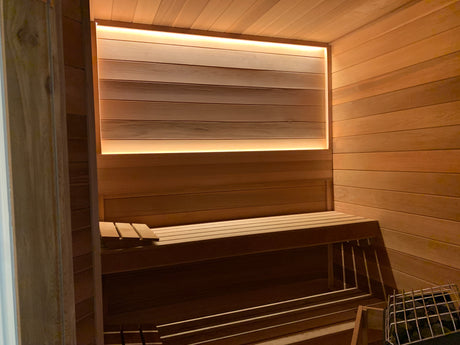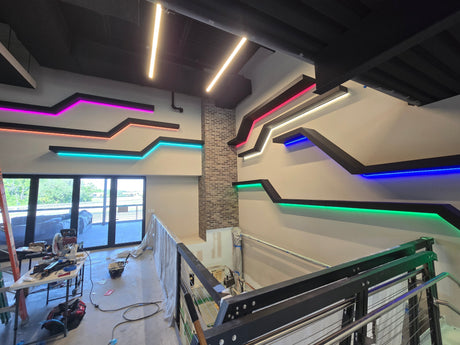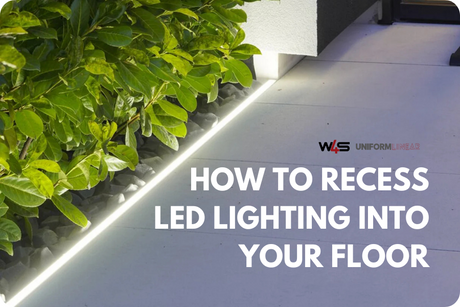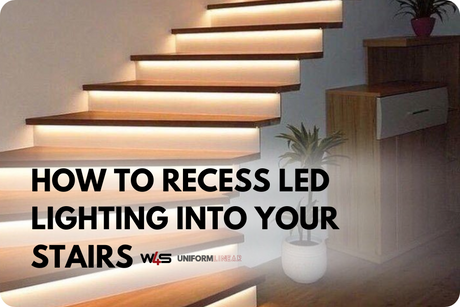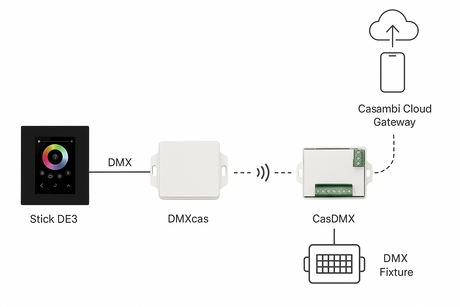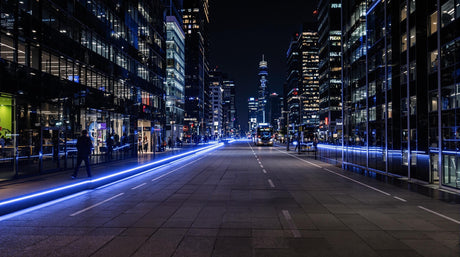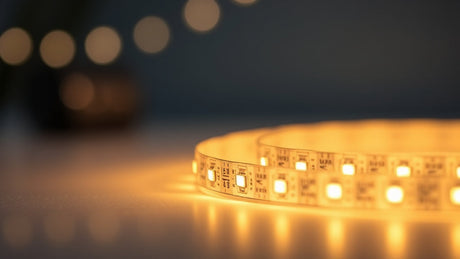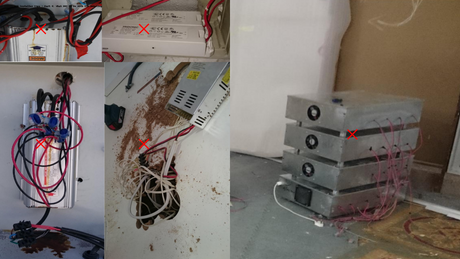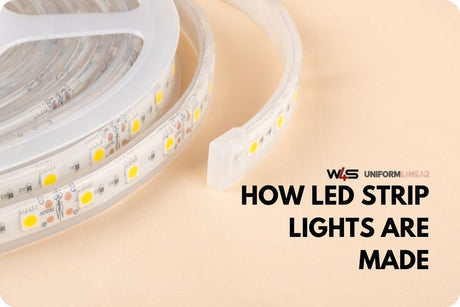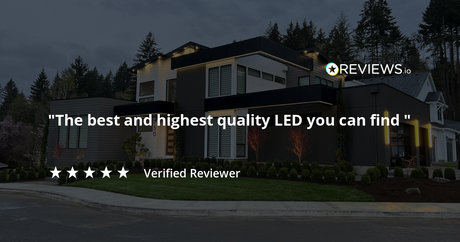The Kelvin light scale is one of the most important concepts to understand when choosing lighting for your home, office, or commercial space. The color temperature scale not only defines how warm or cool a light appears but also influences how a room feels, how productive you are, and even how comfortable it is to spend time in that space. From the cozy glow of a candle to the bright clarity of midday sunlight, every source of light sits somewhere on the light temperature scale. Knowing how to read this chart ensures you can make informed decisions about your lighting design.
What is the Kelvin Light Scale?
The Kelvin light scale measures the visual warmth or coolness of light in degrees Kelvin (K). First introduced by Lord Kelvin in the 19th century, this scale assigns numerical values to light color, starting around 1000K for the warm glow of firelight and extending beyond 6500K for the blue tones of clear daylight. Lower numbers on the light warmth scale produce soft yellows and reds, while higher numbers lean towards crisp whites and blues. This simple yet powerful system is now the global standard in the lighting industry.
How Does the Color Temperature Scale Work?
Understanding the color temperature scale is vital to selecting the right illumination for your environment. Lights on the low end of the light temperature scale, between 2000K and 3000K, appear warmer and create a cozy, intimate atmosphere. As the numbers climb to the 4000K–5000K range, the light shifts to a cooler, more neutral white, which is excellent for work areas. At 5500K and above, lighting becomes noticeably blue-toned, resembling daylight on a bright afternoon.
These changes might seem subtle, but they can dramatically impact the mood of a room. For example, a soft 2700K bulb may make your living room inviting, while a 5000K LED strip can give your garage or studio a crisp, focused atmosphere perfect for tasks.
Reading a Kelvin Light Chart
A Kelvin light chart is a visual representation of the different temperature ranges. Typically, it starts at the warm end with candlelight (around 1800K), then moves through warm white, neutral white, and daylight categories, and finally ends in the cool white or bluish ranges above 5500K. These charts are invaluable for designers, contractors, and homeowners because they offer a quick guide to how a particular light source will look in practice.
For instance, when browsing Tunable White LED Strips, you can use a Kelvin chart to pick whether you want a warm relaxing glow for your living room or a bright, crisp light for your kitchen. The chart bridges the gap between abstract numbers and real-world lighting effects.
Common Kelvin Ranges and Applications
The real value of the Kelvin color temperature scale is that it allows you to match light with function. Here’s a breakdown of the most common ranges and where they work best:
2000–3000K: Warm White
This is the cozy end of the light warmth scale. Often labeled as soft white, this range gives off a gentle yellow glow. It’s perfect for living rooms, bedrooms, or any place where you want to feel relaxed. A 2700K bulb can also complement natural wood tones, making it a popular choice for spaces with rustic or traditional décor.
3500–4000K: Neutral White
Midway along the light temperature scale, neutral white provides a balance between warmth and clarity. Kitchens, bathrooms, and offices often benefit from this range, as it offers clean illumination without being overly harsh. Many designers recommend 4000K lighting for retail spaces because it showcases products in their true colors.
4500–5000K: Daylight White
This range is commonly referred to as daylight. It delivers a crisp, energizing brightness ideal for task-oriented areas like basements, workshops, or home offices. A 5000K bulb on the Kelvin light chart mimics natural daylight, reducing eye strain and improving focus.
5500K and Above: Cool White
Once you pass 5500K, light begins to take on a bluish tone. This is common in garages, warehouses, and industrial applications. Many photographers also use 5600K lighting as a standard reference for daylight in their work. While not as cozy for a lounge, it’s unmatched for clarity and function in work environments.
How to Measure Kelvin Light
Many homeowners wonder how to measure Kelvin light accurately. The most straightforward way is to look at the manufacturer’s specifications when buying bulbs or LED strips. Every quality lighting product will list its Kelvin color temperature on the packaging. For example, an LED strip might read “3000K Warm White” or “5000K Daylight.”
Professionals sometimes use a light meter or spectrometer to measure the light temperature scale more precisely. This tool analyzes the emitted spectrum and provides the exact Kelvin rating. While not necessary for everyday use, it’s helpful in industries like photography, film, or architectural lighting design, where color accuracy is critical.
Why the Kelvin Light Scale Matters
The Kelvin light scale isn’t just a technical detail, it directly affects mood, productivity, and aesthetics. Studies show that warmer light (2700K–3000K) helps people unwind and relax, which is why it’s best for living areas. On the other hand, cooler light (4000K–5000K) promotes focus, making it ideal for offices and study spaces. If you’re creating a retail environment, the right color temperature scale can even influence customer behavior by making products look more appealing.
Choosing incorrectly can have the opposite effect. Too much warm light in a workspace might make you feel sleepy, while too much cool light in a bedroom could make it difficult to wind down. That’s why matching light to purpose is a cornerstone of good interior design.
Choosing the Right Kelvin Temperature for Your Space
So, how do you pick the perfect spot on the light temperature scale for your home or business? Here are some guidelines:
- Living rooms and bedrooms: Stick to 2700K–3000K for a cozy, inviting glow.
- Kitchens and bathrooms: Use 3500K–4000K to balance clarity with comfort.
- Home offices or workshops: Choose 4000K–5000K to boost alertness and productivity.
- Garages and industrial spaces: 5500K+ works best for task-heavy environments.
Ultimately, it’s not just about numbers on the Kelvin light chart. The key is matching lighting to both the function of the room and your personal comfort. When in doubt, consider adjustable solutions like Tunable White LED Strips, which let you shift between warm and cool tones on demand.
Kelvin Light Scale in Different Industries
Outside of home lighting, the Kelvin color temperature scale plays a vital role in professional industries:
- Photography and film: 5600K lighting is the benchmark for daylight balance in cameras.
- Retail: Stores often use 3500K–4000K to make products look natural and appealing.
- Healthcare: Cooler, daylight-like lighting is used to keep environments sterile and functional.
- Hospitality: Hotels often choose warm 2700K–3000K lighting to make guests feel at home.
Frequently Asked Questions
What does color temperature mean?
Color temperature describes the appearance of light in terms of warmth or coolness, measured in Kelvin. Lower values mean warmer light, while higher values indicate cooler light.
Is under 3000K always the best for relaxation?
Generally, yes. Warm light in the 2000K–3000K range is calming and works best in bedrooms and living rooms. However, your preferences and room décor should also guide your choice.
Which color temperature is easiest on the eyes?
During the day, cooler light around 5000K is comfortable for your eyes because it matches natural daylight. In the evening, switching to warmer light around 3000K is easier and healthier for winding down.
What’s the best lighting temperature for a kitchen?
Kitchens benefit most from 3500K–4000K lighting, which is neutral enough for cooking tasks while still pleasant for family meals. Adjustable LED strips can help you switch between tasks and ambiance.
Can I use 5000K lighting in a bathroom?
Yes. 4500K–5000K works very well for bathrooms, especially around mirrors where clarity is important. Some people prefer slightly warmer tones for showers or relaxing baths.
Who invented the Kelvin color temperature scale?
The Kelvin scale was introduced by Lord Kelvin in 1848. His system helped create a universal way to describe and standardize light color temperatures across industries.
Practical Products for Managing Kelvin Light
Choosing the right light doesn’t have to lock you into a single mood. Flexible solutions such as tunable white LED strips allow you to adjust the Kelvin range depending on whether you want a warm, cozy glow for evening relaxation or a crisp, daylight effect for focused tasks. To make these dynamic strips even more versatile, pair them with a WiFi LED Controller. This combination lets you fine-tune your lighting straight from your phone or smart home system, ensuring seamless control of the color temperature scale in any space.
Understanding and applying the Kelvin light scale this way means you’re not just picking a bulb, you’re designing an adaptable environment that works with your lifestyle. If you’d like tailored advice for your project, contact us, and our team will help you choose the best solution.
